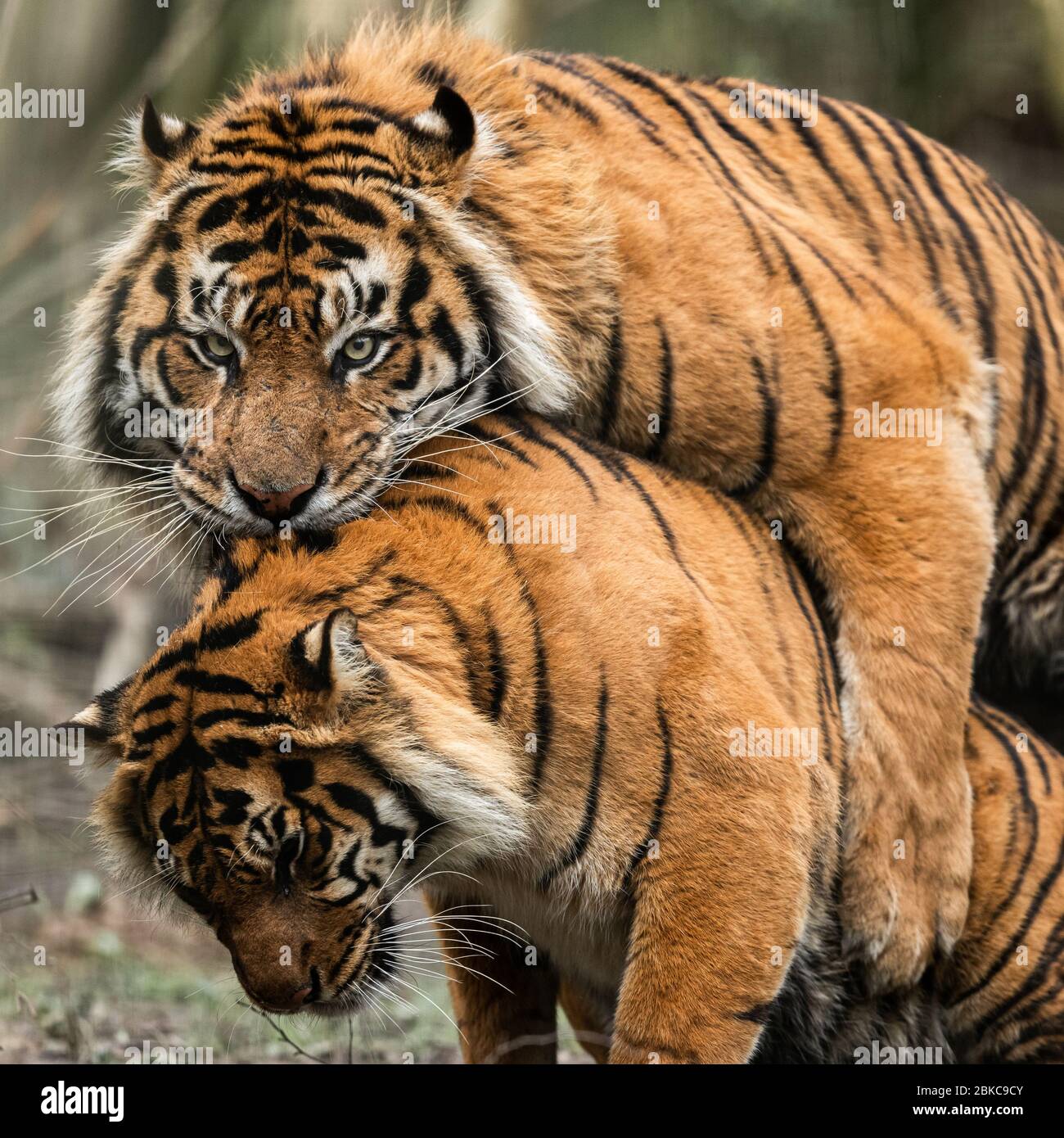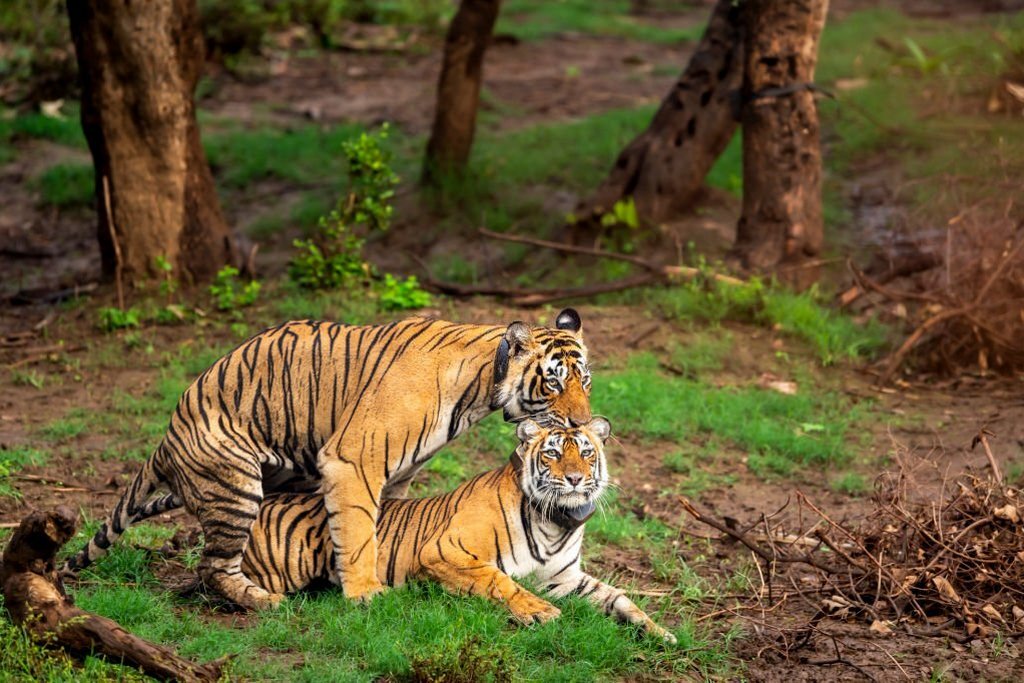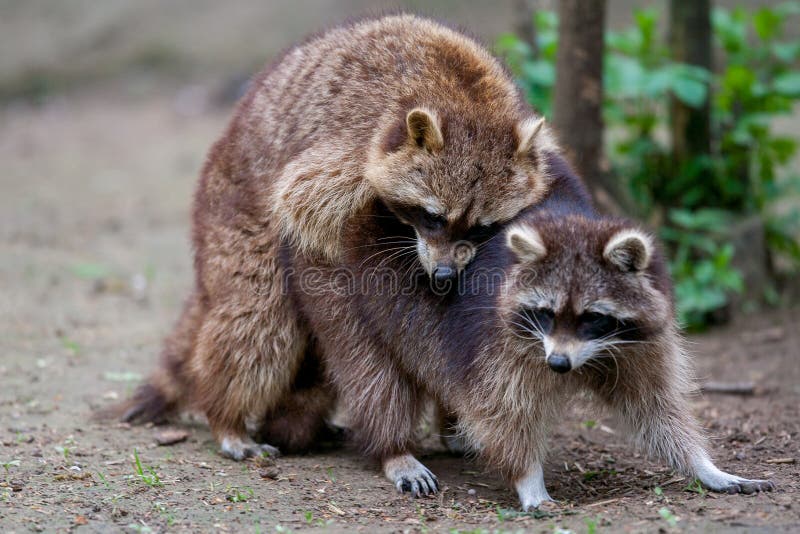🤖 AI-Generated Content
This content has been created using artificial intelligence. While we strive for accuracy, please verify important information independently.
Observing horses in their natural environment as they seek out partners for reproduction is, in a way, a truly remarkable experience. It offers a fascinating glimpse into the deep-seated impulses that drive life itself, reflecting ancient patterns of behavior passed down through generations. For anyone curious about how these magnificent animals perpetuate their kind, the story of natural horse coupling is, quite honestly, a compelling one.
The time when animals, including horses, are driven to reproduce with great intensity is often referred to as their breeding season. During this special period, a profound urge takes over, guiding their actions with a clear purpose: to ensure the continuation of their lineage. This natural cycle, you know, is a fundamental aspect of life for all living creatures, and horses exhibit it with a particular kind of power.
Given their considerable physical presence, horses have, in some respects, earned a reputation for their prowess in this area. There's a certain majesty about a stallion, for instance, asserting his place within the herd, which speaks volumes about the vigor inherent in their reproductive processes. It's almost as if their very size underscores the importance of their role in the grand scheme of things.
Table of Contents
- The Natural Impulse Behind Mating Horses Naturally
- What Does "Mating" Mean for Horses?
- The Role of Fertilization in Mating Horses Naturally
- How Do Horse Societies Structure Mating?
- Understanding Selection in Mating Horses Naturally
- Different Ways Horses Pair Up
- Why Do Horses Mate?
- The Captivating Rituals of Mating Horses Naturally
The Natural Impulse Behind Mating Horses Naturally
The yearly cycle brings about a special period when horses feel a very strong pull to reproduce. This time of heightened activity, usually called the breeding season, sees these powerful creatures act on an instinct that ensures their kind continues. It's a period of intense focus, as if every fiber of their being is directed toward this singular, very important aim. This drive is, quite simply, what keeps horse populations going, allowing new generations to come into being. You can really see the energy in them during this time, a sort of vibrant eagerness that changes how they interact with one another. It’s a powerful, almost palpable force, guiding their actions. This natural push, you see, is a key part of what it means to be a horse, connecting them to all other living things that share this same basic need.
When this time arrives, the behaviors of horses shift noticeably. Mares might become more receptive to the attention of stallions, while stallions, for their part, will display their strength and presence more openly. It's a natural unfolding of behaviors, almost a script written by nature itself, that has been followed for countless years. The drive to create new life is, in some respects, the strongest impulse an animal can feel, and horses show this very clearly. They are, you might say, completely absorbed by this seasonal need, acting with a purpose that is both ancient and deeply rooted in their physical makeup. The entire atmosphere within a herd can change, reflecting this deep-seated need to continue their line. It’s a beautiful thing to witness, honestly, how nature guides these magnificent animals.
What Does "Mating" Mean for Horses?
From a scientific viewpoint, and as those who study animal behavior would tell you, the act of "mating" includes all the actions animals, including people, perform when they are looking for a partner for closeness or to have young. For horses, this means a whole range of specific behaviors. It's not just a single moment; it's a series of interactions, a kind of dance, that leads up to the actual physical union. These actions can be subtle, like a certain look or a particular sound, or they can be quite obvious, involving movement and physical contact. You might see a stallion, for example, showing off his strength or trying to get a mare's attention in a very particular way. It’s a process that involves a lot of communication, much of it non-verbal, as they assess potential partners. So, too, it's almost like a conversation without words, where each action sends a signal.
- Gorecenter Is Safe
- Teach Me First Honeytoon Free
- Viralkhand
- Ellie The Empress Onlyfans Leak
- Wasmo Somali Channel
The pursuit of finding a suitable partner for mating horses naturally involves a sequence of specific actions. A stallion might approach a mare, perhaps with a lowered head or a soft nicker. The mare, in turn, might show her interest by lifting her tail or by standing still, or she might signal disinterest by kicking or running away. These are all parts of that "repertoire of behaviors" that scientists talk about. It's a kind of courtship, really, where each animal tries to determine if the other is a good match. This period of interaction is very important, as it helps to ensure that the eventual union is successful. It’s a very natural process, guided by instinct and the need to reproduce. You know, these behaviors are not random; they are deeply ingrained patterns that have evolved over many, many years to help horses find the best possible mates.
The Role of Fertilization in Mating Horses Naturally
At the very heart of reproduction, for horses just like for other living things, is the joining of two special cells. This joining is called fertilization, and it's when a male reproductive cell and a female reproductive cell come together. For horses, this means the stallion's sperm meets the mare's egg. This coming together is the spark that starts new life. It's a truly fundamental biological event, without which new foals simply would not exist. This process, you see, is the direct outcome of successful mating behaviors, the ultimate goal of all the courtship and interaction that precedes it. It is, quite literally, the moment new life begins, a tiny, almost invisible step that leads to the creation of a magnificent new horse. So, too, this tiny event holds so much importance.
The entire purpose of mating behaviors, in a very real sense, points to this moment of fertilization. All the natural urges, the displays, and the physical acts are aimed at making sure this joining of cells can happen. It is the biological cornerstone of how horses continue their lineage, ensuring that their genetic material is passed on to the next generation. Without fertilization, the cycle of life for horses would stop. It is, therefore, a central piece of the puzzle when we think about mating horses naturally. The whole process, from the first sign of interest to the final union, is geared toward making this specific biological event possible. This makes it, you know, a very powerful and essential part of the story.
How Do Horse Societies Structure Mating?
The way horses organize themselves within their groups plays a big part in how they mate and reproduce. The structure of a horse society, or herd, often dictates who mates with whom and how frequently. For instance, in wild horse groups, you typically find a dominant stallion who has primary access to the mares in his band. This social arrangement, in a way, helps to manage the breeding process within the group. It's a system that has developed over time, ensuring that the strongest or most capable males have the opportunity to pass on their characteristics. This structure is not random; it's a very organized approach to keeping the group going. You can often see the older, more experienced stallions maintaining their position through displays of strength and vigilance. It’s a kind of natural order, really, that guides their reproductive lives.
Within these horse societies, the "mating system" refers to how individuals pair up for reproduction and sometimes how they form bonds. For horses, especially those living in wild or semi-wild conditions, the social arrangement usually involves one stallion with a group of mares. This setup influences how breeding happens and how the next generation is raised. The stallion's role, for example, is not just about mating; he also protects his mares and their young from other stallions or dangers. This social structure is, in some respects, a key part of understanding how mating horses naturally occurs. It's a dynamic arrangement, constantly being tested and reinforced by the horses themselves, as they interact and establish their roles within the group. The way they live together directly impacts their reproductive success, you know, shaping the future of the herd.
Understanding Selection in Mating Horses Naturally
When horses choose their partners for reproduction, two main types of selection are at play. One type involves individuals of one gender choosing partners from the other gender. This is often called "intersexual selection." For horses, this might mean a mare choosing a stallion based on his appearance, his strength, or even his calm demeanor. She might prefer a stallion who seems more capable of protecting her and her future foal. This choice, you see, is not always obvious to an outside observer, but it's a powerful force in shaping which horses get to reproduce. It's about what one gender finds appealing in the other, and it leads to certain traits becoming more common over time. So, too, this preference helps to guide the direction of future generations.
The other type of selection, "intrasexual selection," happens when individuals of the same gender compete with each other for access to mates. In the world of horses, this is most clearly seen when stallions compete for the right to breed with mares. They might engage in displays of dominance, like rearing up, snorting, or even fighting. The stallion who wins these contests, basically, gets to mate. This competition ensures that only the strongest, most resourceful, or most determined males pass on their characteristics. It’s a very direct way that nature selects for certain qualities within a horse population. This struggle for access is a powerful force in shaping the physical and behavioral traits of stallions over many generations. You know, it’s a constant test of their abilities and their will.
Different Ways Horses Pair Up
In the animal world, there are several general patterns for how individuals pair up for reproduction. These patterns are often described as "mating systems." One common pattern is when one male mates with one female, and they might stay together for a period, which is called monogamy. Another pattern is when one male mates with several females, a system known as polygyny. Then there is polyandry, where one female mates with several males. When we look at mating horses naturally, the most common system observed in wild or semi-wild herds is polygyny. A single dominant stallion typically oversees a group of mares, and he is the primary one to breed with them. This arrangement allows him to pass on his genes to many offspring. It’s a very effective way for a strong male to contribute significantly to the next generation. This system, you know, has been a successful strategy for horse populations for a very long time.
The social structure of wild horses, where one stallion leads a band of mares, naturally lends itself to this polygynous system. The stallion actively defends his mares from other males, ensuring that he maintains his reproductive access. While mares might occasionally mate with other stallions, especially if they are outside the dominant stallion's immediate control, the primary breeding within a band usually involves the band stallion. This setup is, in some respects, a very practical way to ensure breeding success within the group. It means that the strongest and most capable stallions are the ones contributing most to the gene pool. It’s a clear example of how their social lives are closely tied to their reproductive patterns. This is, you might say, a very typical way for horses to manage their breeding.
Why Do Horses Mate?
At its core, the reason horses engage in mating is for sexual reproduction. This means creating new individuals by combining genetic material from two parents. It's the way life continues, ensuring that the species persists through time. Every action, every display, every instinct related to mating in horses points to this fundamental purpose. Without sexual reproduction, there would be no new foals, and the lineage of horses would eventually cease. It is, quite simply, the engine of their survival as a species. This deep, biological imperative drives their behaviors during the breeding season, making sure that the opportunity for new life is taken. You know, it's a very powerful and undeniable force in their lives.
Some ways of thinking about "mating" specifically refer to the act of a male and female animal coming together to pair up. For horses, this pairing is almost always for the purpose of sexual reproduction. While some animals might form long-term pair bonds for raising young, wild horses typically do not form such lasting partnerships for life. Instead, the focus is squarely on the act of reproduction itself, ensuring that the genetic material is passed on. The pairing, in this context, is a means to an end: the creation of new life. This makes the drive to mate a very direct and purposeful one, aimed at continuing the horse population. It's a natural cycle, really, that has been unfolding for ages.
The Captivating Rituals of Mating Horses Naturally
The ways animals go about finding partners and reproducing are, quite honestly, amazing to watch. They show just how many different forms nature can take and how intricate life can be. Horses, too, have their own set of captivating behaviors when it comes to mating. These are not just random acts; they are often carefully performed displays that have evolved over many, many years. From subtle gestures to more obvious actions, horses use a wide variety of ways to communicate their intentions and to assess potential partners. You might see a stallion, for instance, performing a kind of show, trying to impress a mare with his presence and movements. It’s a beautiful thing to observe, the way they interact during this special time. These rituals are, in some respects, a very important part of the whole process, setting the stage for reproduction.
Horses employ a wide range of strategies, from very detailed movements to elaborate ways of showing off, all designed to attract a mate. A stallion might approach a mare with a characteristic head bob or a soft nicker, testing her receptiveness. Mares, for their part, might signal their willingness by raising their tail or by standing calmly. There can be a lot of sniffing, gentle nipping, and even playful chasing involved. These actions are all part of the courtship dance, a series of interactions that builds up to the actual mating. Each species has its own unique set of these behaviors, and for horses, they are a powerful display of their natural instincts and social connections. It's almost like they have a script they follow, a very old and effective one, to ensure new life continues. This is, you know, a very natural and important part of their yearly cycle.
These displays can include a stallion performing a "flehmen response," where he curls back his upper lip after sniffing a mare's urine, which helps him to detect her reproductive state. Mares might also show a particular stance, signaling they are ready to accept a stallion. The sounds they make, too, can be part of these rituals, from soft whickers to more excited calls. All these elements combine to create a dynamic interaction, a sort of dialogue between potential mates. The whole process is, in a way, a testament to the deep-seated drive for life to continue. It’s a very powerful and deeply ingrained set of behaviors, ensuring the successful continuation of their kind. This is, you might say, the very essence of mating horses naturally, a beautiful unfolding of instinct and purpose.
This exploration has looked at the natural impulse driving horse reproduction, what mating means for these powerful animals, and the critical role of fertilization. We have also considered how horse societies structure their mating activities, examined the different types of selection at play, and understood why horses mate. Finally, we touched upon the captivating rituals that characterize mating horses naturally.
Additional Resources
Visual Content



Disclaimer: This content was generated using AI technology. While every effort has been made to ensure accuracy, we recommend consulting multiple sources for critical decisions or research purposes.
